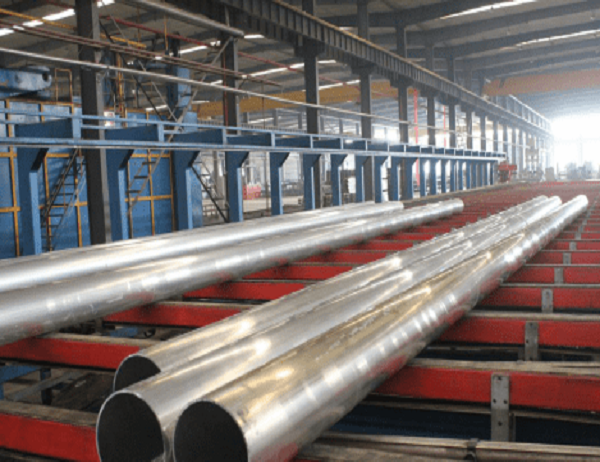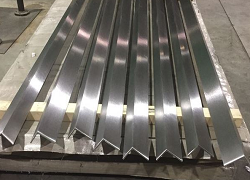Aluminum heat sinks play a crucial role in dissipating heat from electronic components to maintain optimal operating temperatures. Selecting the ideal heat sink for your specific application requires careful consideration of several key factors to ensure efficient cooling and extend the lifespan of your electronics.
The size and dimensions of the heat sink must align with the space available for mounting. Consider the height, width, and length to ensure compatibility with the electronic component and its housing.
Aluminum offers excellent thermal conductivity and durability. However, different aluminum alloys exhibit varying thermal conductivities and strengths. Choose an alloy that meets the specific thermal and mechanical demands of your application.
The fin design directly impacts the heat dissipation capacity. Choose heat sinks with fins that have optimal surface area, spacing, and shape to maximize heat transfer and minimize airflow resistance.
Select heat sinks with mounting options that suit your specific application. Consider the location and orientation of the component, as well as the preferred mounting method (e.g., screws, clips, adhesives).
Determine the heat dissipation requirements of the electronic component and choose a heat sink with an adequate thermal capacity to handle the heat load effectively. Consider the operating temperature range and environmental conditions.
The airflow around the heat sink is crucial for efficient heat dissipation. Ensure proper ventilation by choosing heat sinks with an appropriate airflow volume and direction. Consider the location of the component, fan placement, and airflow obstructions.
Consider the cost and availability of heat sinks in relation to your budget and project requirements. Determine the cost-performance ratio to optimize the value for your investment.
Some manufacturers offer customization options to tailor heat sinks to specific application needs. This flexibility allows for specialized designs that meet unique requirements in terms of size, shape, mounting, and performance.
Selecting the perfect aluminum heat sink for your application requires a careful evaluation of the factors discussed above. By considering size, materials, fin design, mounting options, cooling capacity, airflow, cost, and customization, you can ensure the optimal performance and longevity of your electronic components. Remember, a well-chosen heat sink will significantly enhance the reliability and efficiency of your system.



